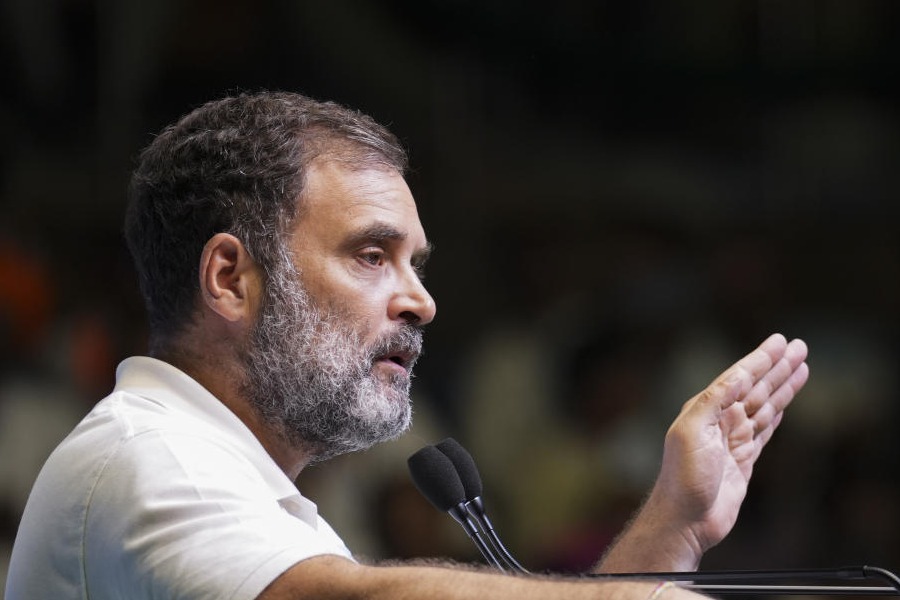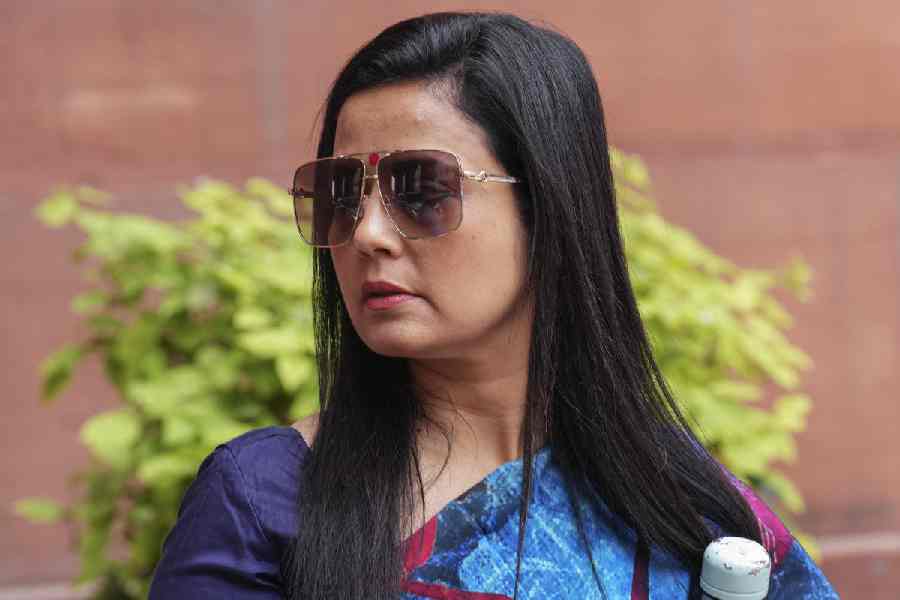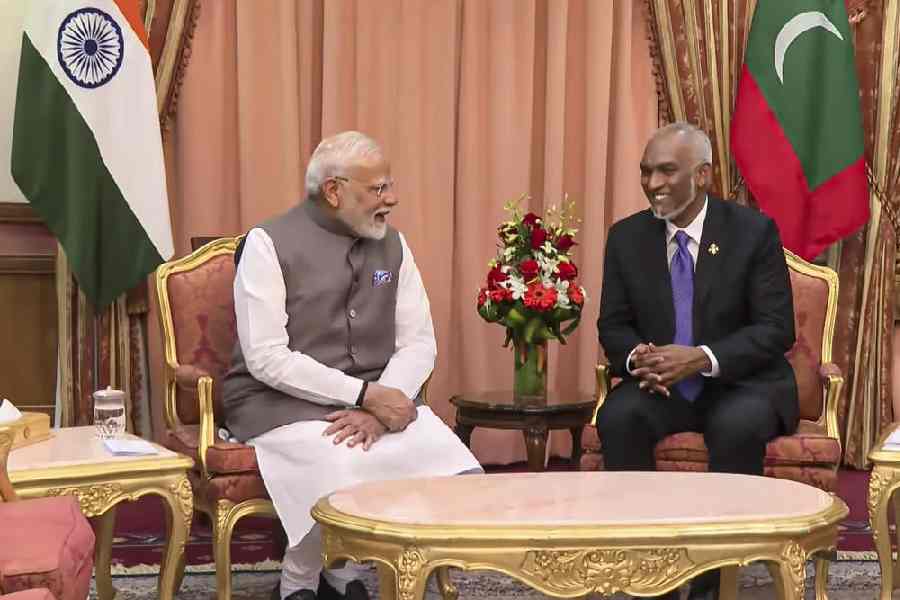Enchantment of the Mind: Manmohan Desai?s Films By Connie Haham, Roli, Rs 395
Manmohan Desai is one of the chief curators of what Christiane Brosius calls the ?theme park? of Bollywood. He is the originator of the ?fantasy? genre of Bollywood and also of several themes which became synonymous with Bollywood films of the Eighties. His films are all about masterfully contrived comic situations, opulent sets and imaginatively picturized song sequences.
In this book, with a foreword by Amitabh Bachchan, Connie Haham tries to capture Desai the artist, while evaluating his art by talking to his actors. She devotes two chapters to the analyses of Desai?s two masterpieces, Amar Akbar Anthony, and Coolie. She also dwells on the technical aspects of Desai?s films, their architecture in particular. The powerful visuals associated with songs, which has been Desai?s forte, also come in for scrutiny.
Haham is perceptive and probing, but there are moments when her obsession with Bollywood and Desai clouds her critical vision. She does point out some serious flaws in Desai?s films, but only in passing. Alluding to Alfred Hitchcock and Howard Hawks, Haham approves of Desai?s repetitiveness, terming it as ?self-plagiarism? which, she thinks, was Desai?s distinctive style. Even if this is so, the question is, how acceptable is this style, specially when the repetitions signal no point of departure and provide no insight into a theme already treated. It is also hard to see what virtue Haham finds in the religious miracles evoked in Desai?s films, or why she fails to recognize the artistic hypocrisy when Desai, ?the notorious womanizer?, makes Shashi Kapoor mouth lines on the sacredness of conjugal fidelity in Aa Gale Lag Jaa.
Haham?s defence of Desai?s brand of realism is flimsy, to say the least. She clearly confuses ?fantasy? with ?illogic?. Desai?s illogicality feeds on his disregard for public sensibility. He banks too heavily on Walter Benjamin?s view in ?The Work of Art in the Age of Mechanical Reproduction?: ?The public is an examiner, but an absent-minded one.?
Haham perhaps wishes to rehabilitate Desai, who has received much criticism in his time. But the problem is that she shows little understanding of the network of forces at work in the massively influential popular culture represented by Bollywood. She is clueless about the factors which often determine and condition the dissemination and the consumption pattern of this culture. A director too has to work within the limits set by them. Haham overlooks the ?stylistic of connivance? underlying Desai?s ?escape hatch? theory, promising viewers an escape from reality. She misses the politics of mass entertainment which informs Desai?s films. And that is a great pity.











